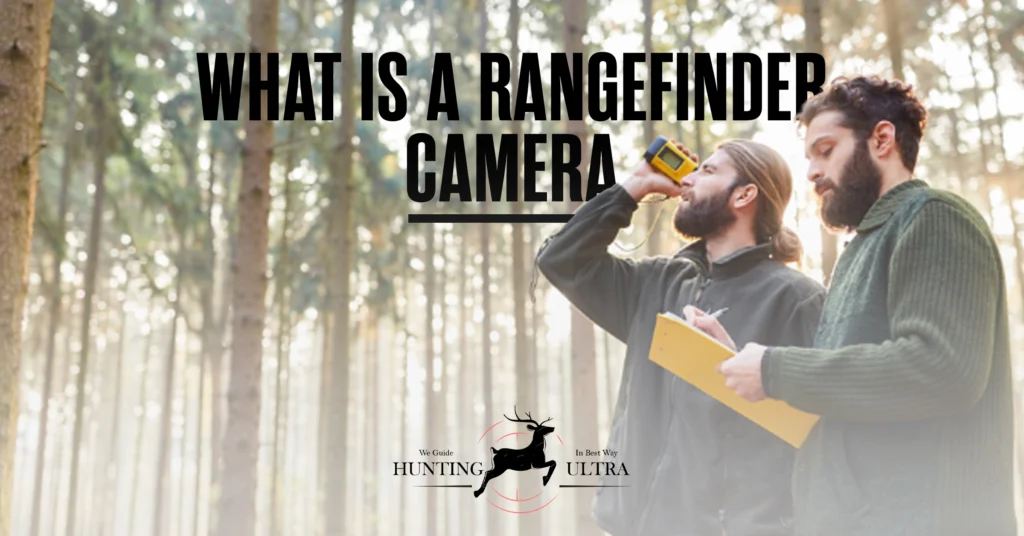Blood trailing is a crucial skill for hunters, enabling them to humanely harvest their prey by following the blood trail of a wounded animal. Understanding the different types of blood trails and employing effective tracking techniques is essential for successful hunting. In this article, we will explore the three main types of blood trails and provide tips for tracking wounded deer.
Types of Blood Trails
There are three primary types of blood trails that hunters encounter:
1. Active Blood Trails
Active blood trails consist of fresh blood that is still flowing from the animal’s wound. These trails are relatively easy to follow due to the abundance of blood.
2. Stale Blood Trails
Stale blood trails refer to those that have dried up or are no longer actively flowing. While more challenging to follow, with patience and persistence, hunters can still locate these trails.
3. Lost Blood Trails
Lost blood trails present the greatest difficulty, as they have completely disappeared. Nonetheless, experienced hunters equipped with the right knowledge can still uncover these trails through astute observation.
Tracking wounded deer Effectively
To track a wounded deer effectively, hunters should follow these steps:
1. Find the Initial Blood Trail
Locating the initial blood trail can be challenging since the wounded deer might have covered a significant distance before blood started to appear. Thoroughly search the area until you discover the starting point of the blood trail.
2. Follow the Blood Trail Carefully
While following the blood trail, pay attention to various indicators of the deer’s condition. These include:
- Blood Color: Fresh blood is bright red, while stale blood appears darker. Bright red blood suggests that the deer is likely still alive, while darker blood may indicate a more severe injury.
- Blood Drop Size: Large blood drops typically signify a major injury, while smaller drops suggest a minor injury.
- Blood Trail Direction: The direction of the blood trail can provide insights into the deer’s condition. If the trail heads downhill, the deer is likely seeking a place to rest. Conversely, if it leads uphill, the deer is probably still attempting to escape.
Tips for Tracking Wounded Deer
Here are some valuable tips to enhance your tracking skills when pursuing wounded deer:
- Wear Bright Clothing: Dress in bright colors to increase visibility and ensure you can be seen by others in the area, enhancing safety.
- Bring a Companion: It is advisable to have a friend or family member accompany you during the tracking process. They can provide assistance, share observations, and help ensure your well-being.
- Carry a First-Aid Kit: Always carry a well-equipped first-aid kit in case of injuries during the tracking expedition. Promptly attending to any wounds is crucial for your safety.
- Stay Oriented: Be aware of your surroundings and prevent yourself from getting lost. Familiarize yourself with the area before embarking on the tracking journey and consider using navigation tools or maps if necessary.
- Persistence and Patience: Tracking wounded deer can be time-consuming and require unwavering persistence. Stay determined and methodical, continuing the search until you locate the deer.
Conclusion
Tracking wounded deer is a challenging but highly rewarding experience for hunters. By mastering the art of blood trailing and employing the tips provided, you can significantly increase your chances of locating the wounded animal and ensuring a humane harvest. Remember to be patient, meticulous, and attuned to the signs along the blood trail.
Frequently Asked Questions
Why is blood trailing important for hunters?
Blood trailing is essential for hunters because it allows them to track and locate wounded animals. This skill ensures a more humane harvest by reducing the chances of leaving injured animals to suffer.
What should I do if I lose the blood trail while tracking a wounded deer?
If you lose the blood trail while tracking a wounded deer, it is important to remain calm and methodical. Take your time to search for any additional signs, such as disturbed vegetation, tracks, or the direction the deer may have taken. Sometimes, the blood trail may reappear after a distance.
How long can a wounded deer survive before expiring?
The survival time of a wounded deer can vary depending on various factors, including the severity of the injury and shot placement. While some deer may expire relatively quickly, others can survive for several hours or even days. It is crucial to track the wounded deer promptly and harvest it as humanely as possible.
What are some common mistakes to avoid when tracking a wounded deer?
When tracking a wounded deer, some common mistakes to avoid include rushing the tracking process, not paying attention to signs beyond the blood trail, failing to follow proper tracking techniques, and neglecting to utilize available resources such as tracking dogs or experienced guides.
What equipment or tools are essential for tracking wounded deer?
While tracking wounded deer, it is recommended to have essential equipment such as a reliable flashlight, a good-quality knife for field dressing, a tracking harness or vest for a tracking dog, binoculars for scouting the area, and a GPS device or smartphone with navigation apps to stay oriented.


